At YJCPolymer, we understand that when it comes to designing and producing a new product, no matter how innovative or advanced, prototyping plays a crucial role in ensuring the success of the final design. Whether you’re working on medical devices, consumer electronics, automotive parts, or industrial machinery, prototyping is a necessary step to avoid costly mistakes and optimize designs for high-volume production. We specialize in delivering high-quality plastic prototypes quickly, offering various manufacturing techniques tailored to your specific needs. In this blog post, we’ll explore the key manufacturing options for plastic prototyping, their unique benefits, and the challenges each option brings to the table.
The Importance of Plastic Prototyping in Product Development
The phrase “back to the drawing board” is more than just a cliché—it’s a concept that is integral to product design and development. Prototyping allows for iterative design, helping engineers identify issues early, refine their product’s features, and ensure the product meets all functional and aesthetic requirements. This approach not only reduces costs but also minimizes long-term risks and ultimately results in an optimized final product.
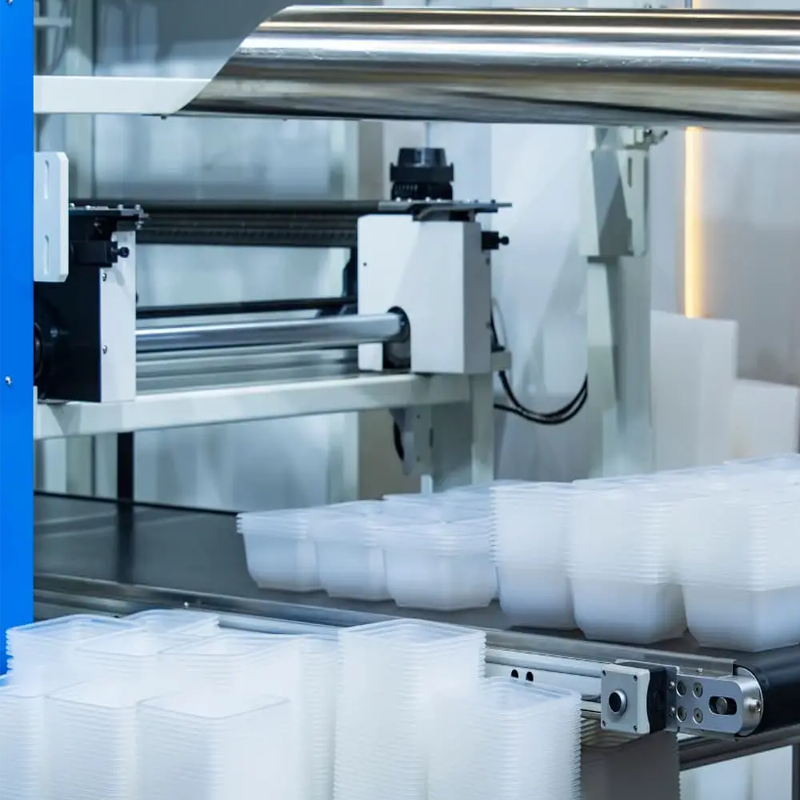
Plastic prototyping, in particular, has become a critical part of the development process in industries ranging from medical devices to consumer products. For example, medical device manufacturers often create prototypes of surgical instruments to test ergonomics and functionality before approval. Similarly, drone manufacturers conduct test flights in wind tunnels to assess performance, and automotive designers conduct extensive testing on components before final production. All of these activities require prototypes, often using plastic, as it’s versatile, affordable, and relatively easy to modify for multiple iterations.
At YJCPolymer, we provide customized solutions for plastic prototyping, ensuring your designs are efficiently tested and refined before moving into full-scale production.
Prototyping Methods for Plastic Parts
When choosing the best method for plastic prototyping, it’s essential to consider the type of part you are designing, the quantity you need, the material properties required, and the desired lead time. The three most commonly used methods for plastic prototyping include 3D printing, CNC machining, and injection molding. Each method offers distinct advantages and comes with its own set of challenges.
3D Printing for Plastic Prototyping
3D printing has revolutionized the world of prototyping, offering an affordable and quick way to bring your designs to life. At YJCPolymer, we leverage advanced 3D printing technologies such as stereolithography (SLA), selective laser sintering (SLS), and Multi Jet Fusion (MJF) to provide rapid prototyping services. These technologies allow for the fast production of parts with intricate geometries, often in a matter of hours.
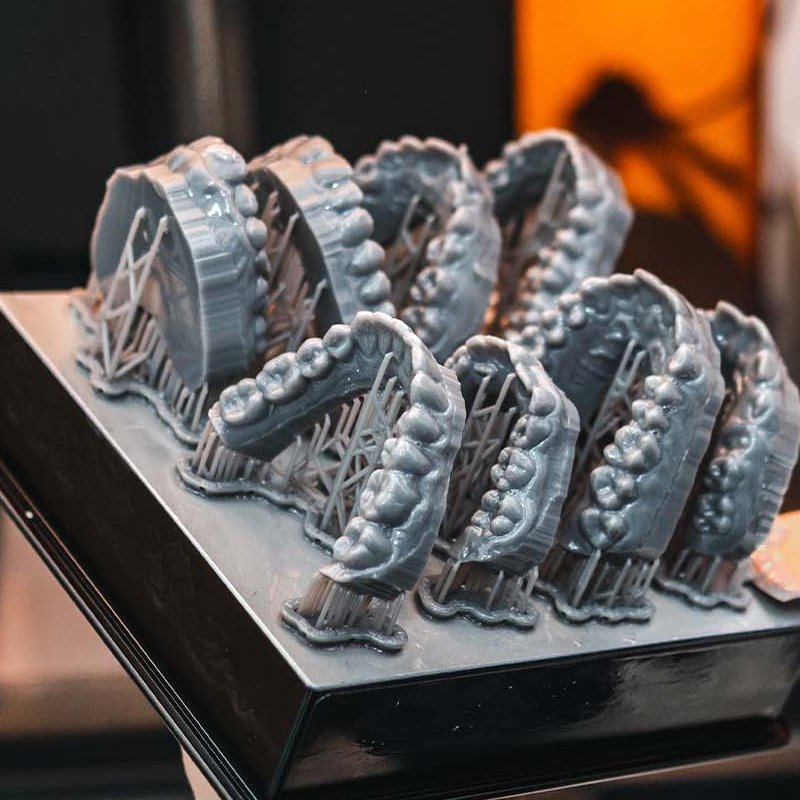
Benefits of 3D Printing:
- Cost-Effective: 3D printing eliminates the need for expensive tooling, making it an affordable option for low-volume prototypes.
- Quick Turnaround: With no tooling required, 3D printing allows for faster iterations, enabling you to make design modifications quickly and efficiently.
- Design Freedom: 3D printing provides greater flexibility when it comes to creating complex shapes and parts that might be challenging or impossible to produce using traditional methods.
- Multiple Iterations: Designers can create multiple versions of a part within a single build, speeding up the development cycle.
Challenges of 3D Printing:
- Material Limitations: While 3D printed parts can closely mimic the properties of production materials, they are not always identical to the final molded or machined parts in terms of strength, flexibility, and durability.
- Surface Finish: 3D printed parts often suffer from “stair-stepping” due to the layer-by-layer nature of the printing process, which can affect the appearance and feel of the prototype.
- Limited Color Options: While 3D printing offers versatile material choices, the color range is often limited, and additional post-processing may be required for painting or finishing.
CNC Machining for Plastic Prototyping
CNC machining is another valuable technique for prototyping plastic parts. This method is especially useful when the prototype needs to be made from the same material that will be used in mass production, allowing for a more accurate representation of the final product’s properties.
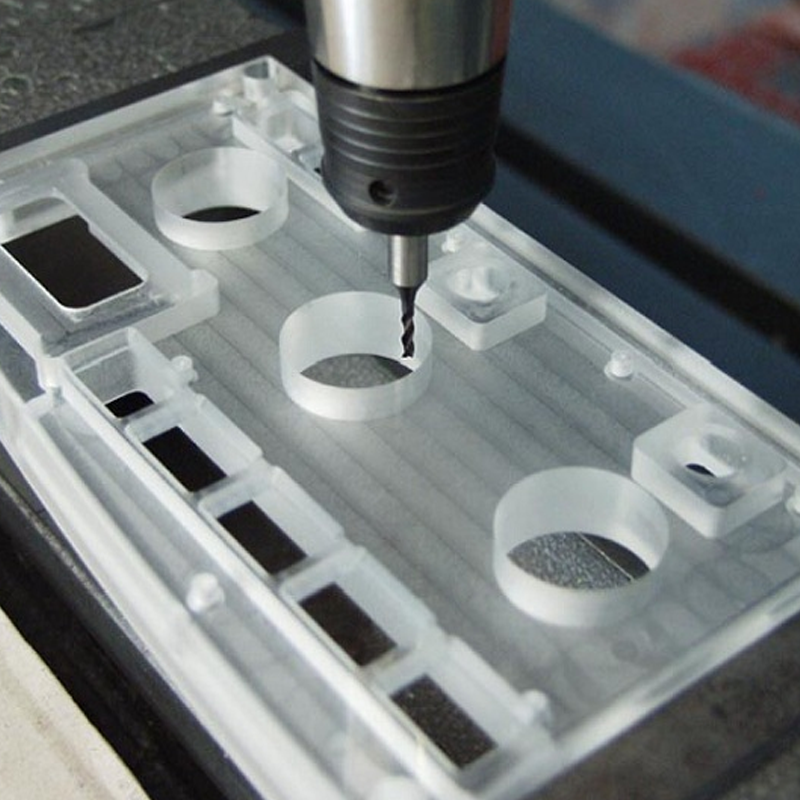
Benefits of CNC Machining:
- Real Production Materials: CNC machining allows you to use actual production-grade materials, providing a closer match to your final product.
- High Precision: CNC machines can achieve tight tolerances, ensuring the prototype meets exact specifications.
- Fast Lead Time: At YJCPolymer, we have optimized our CNC processes for rapid prototyping, ensuring a fast turnaround without compromising quality.
Challenges of CNC Machining:
- Design Limitations: While CNC machining can produce high-precision parts, complex geometries and intricate features may require additional steps or be less feasible compared to 3D printing.
- Multi-Part Assemblies: In many cases, CNC-machined parts need to be assembled, adding complexity and cost if the design calls for multiple components to be joined.
Injection Molding for Plastic Prototyping
While injection molding is typically associated with high-volume production, it can also be used for prototyping with quick-turn aluminum tooling. At YJCPolymer, we offer rapid injection molding services using aluminum molds, allowing us to produce prototype parts in just a few days. This is an excellent option when a larger number of prototypes are needed for testing or validation.
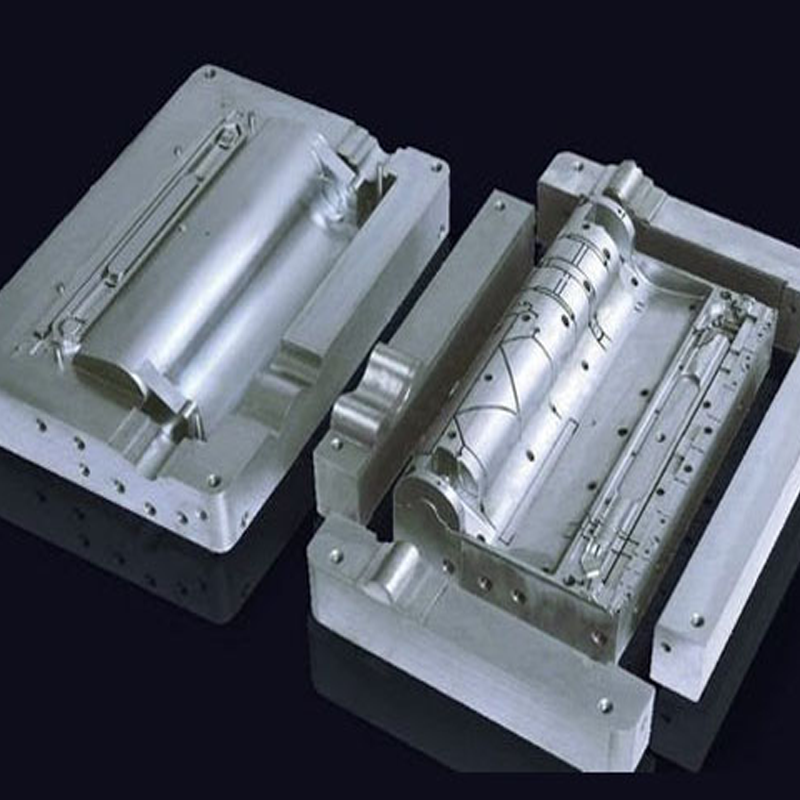
Benefits of Injection Molding:
- Real Production Parts: Injection molded prototypes are made from the actual materials that will be used in production, ensuring consistency and quality.
- Accurate Tolerances and Surface Finishes: Injection molding produces parts with high precision and smooth surface finishes that closely resemble final production parts.
- High-Volume Capability: While primarily used for mass production, injection molding is highly effective for producing larger batches of prototypes quickly.
Challenges of Injection Molding:
- Higher Upfront Costs: Injection molding typically requires more significant upfront investment due to the cost of creating the molds.
- Longer Lead Times: Although quicker than traditional tooling, the design, machining, and testing phases of injection molding still take longer than 3D printing or CNC machining.
Choosing the Right Prototyping Method
When selecting the right prototyping method, it’s essential to align your choice with your specific product needs, timeline, and budget. At YJCPolymer, we work closely with our clients to ensure that the chosen prototyping method fits within their development strategy and helps them achieve their goals effectively. Whether you are looking for a low-cost, fast-turnaround option like 3D printing, need precision and material authenticity with CNC machining, or are ready to ramp up production with injection molding, we have the expertise to guide you through the process.
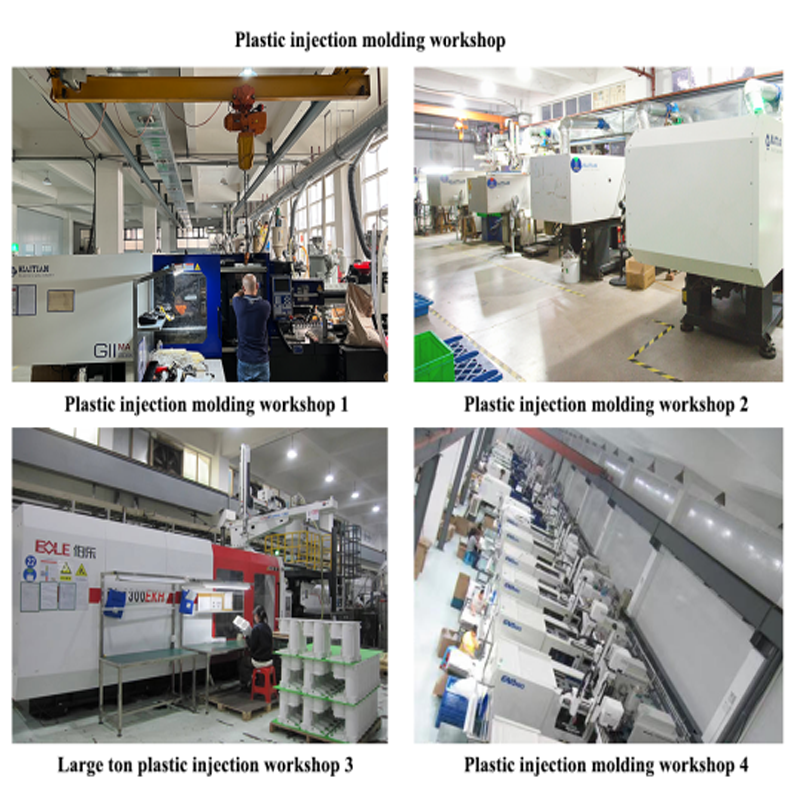
Conclusion
Plastic prototyping is an essential phase in product development that ensures your design is functional, manufacturable, and ready for mass production. By using methods like 3D printing, CNC machining, or injection molding, you can test, iterate, and optimize your design before committing to full-scale production. At YJCPolymer, we pride ourselves on providing rapid prototyping services with high-quality results. Our team of experts will work with you to select the most suitable manufacturing technology for your needs, ensuring that your prototype is developed quickly, efficiently, and cost-effectively.
Ready to bring your next product to life? Contact us today to discuss your plastic prototyping needs, and let’s get started on optimizing your designs for success!